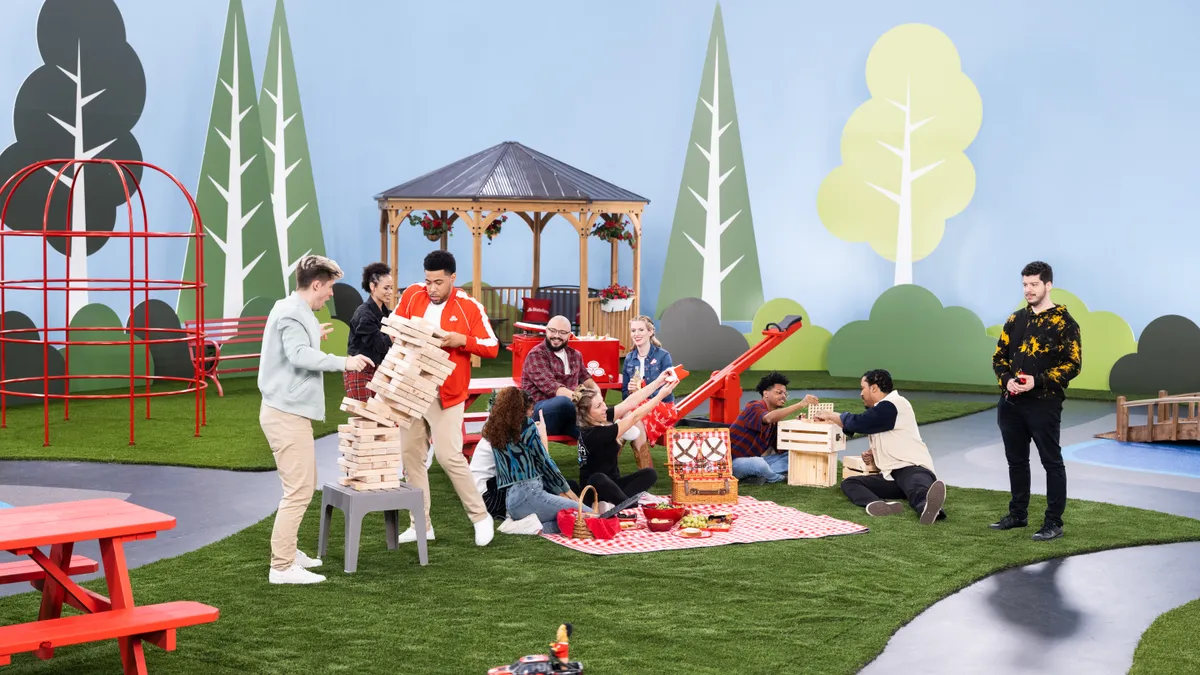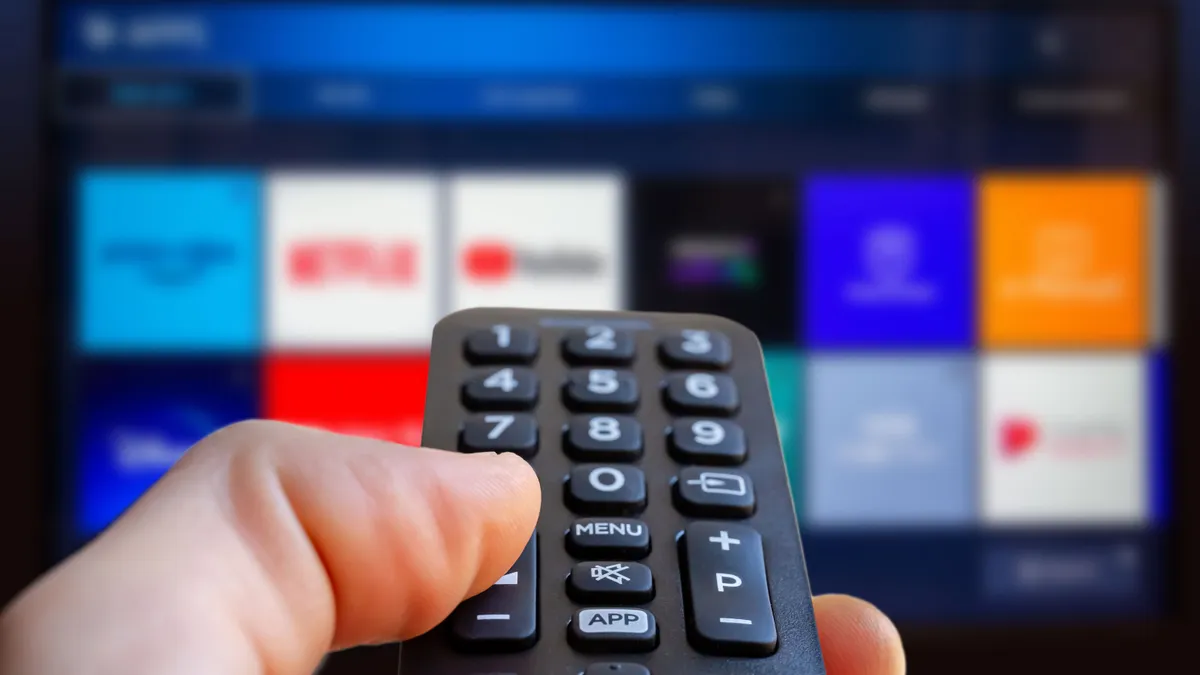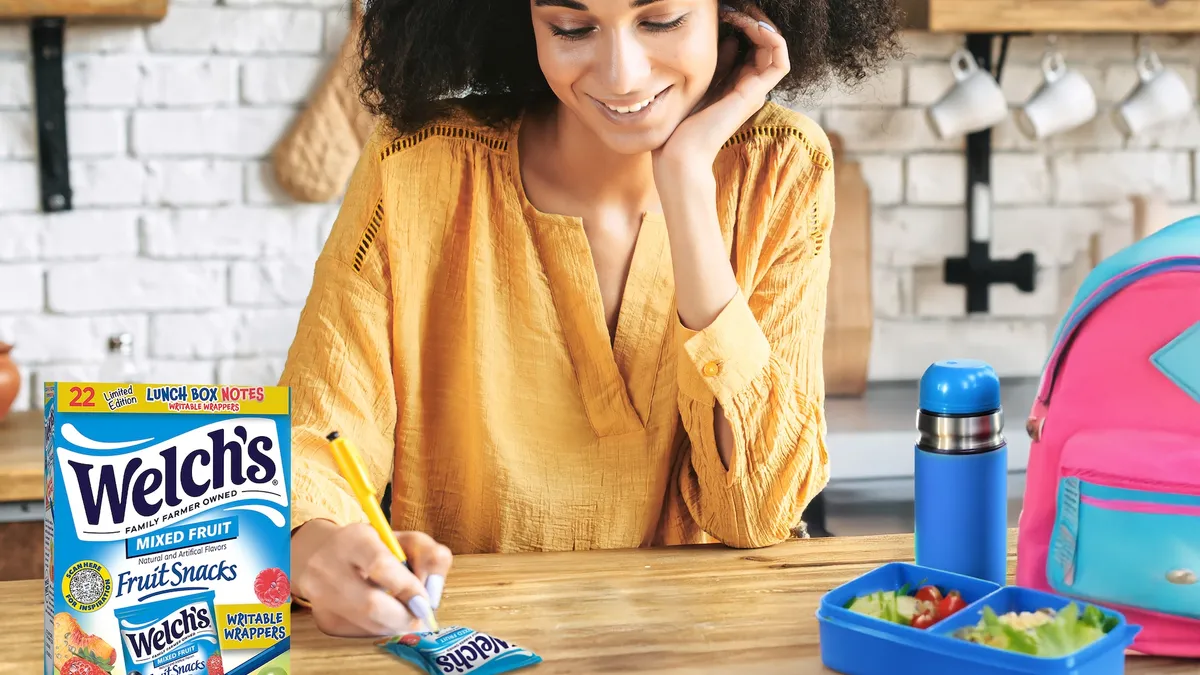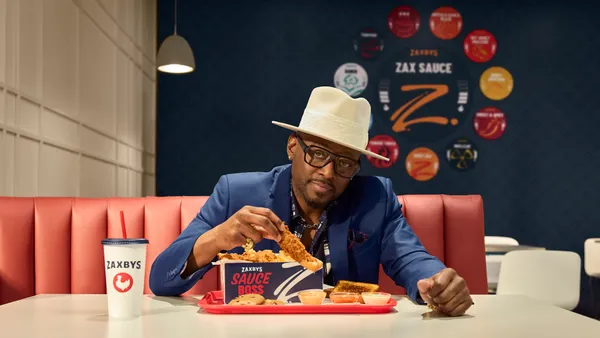State Farm has spent a decade exploring gaming and esports marketing to reach younger consumers, resulting in last year’s successful esports competition “Gamerhood Challenge” that racked up 10 million views on Twitch. On June 1, the series returns for a second outing with bolder challenges and the addition of YouTube as a partner.
“Gamerhood Challenge” — part reality series, part esports marketing initiative — grew out of the need to explain something as abstract as insurance to an audience that doesn’t yet have a need for it. When that audience includes millennial and Gen Z consumers who tend to avoid traditional advertising-heavy channels, the company recognized it would have to get creative.
“We wanted to build something [in the gaming space] that we would own, so we could share the passion points with millennial and Gen Z audiences and meet them where they are,” said Alyson Griffin, State Farm’s vice president of marketing. “It was really an experiment to see if we could do it, and if we could make it entertaining.”
Insurable moments
From making the brand’s spokescharacter, Jake, a non-playable character in the NBA 2K gaming franchise to having that same character interact with users in the metaverse (and setting up mini-games and quests), State Farm has spent a decade building its presence in the areas where younger consumers spend their time.
“We have been doing a lot to attract Gen Z and younger millennial audiences, and we’re getting data to understand how people interact with us,” said Griffin. “Once we started getting a sense of that, we started to think about how we could create ‘insurable moments’ in some ways.”
In “Gamerhood Challenge,” well-known gamers, streamers and content creators were pitted against each other in a series of gaming challenges set in a custom-built neighborhood of tiny homes. Throughout, the gamers faced obstacles — such as a flat tire on the way to an ice cream reward — that could be mitigated through insurance. Streaming on Twitch, it saw 52,000 audience participants compete in trivia and word games during the episodes.
Building on that success, State Farm will launch “Gamerhood Challenge 2” on June 1. As with many sequels, this year’s initiative promises to be bigger and brasher than its predecessor. The changes include pairing the contestants into teams of two; having weekly winners compete with Jake, who will bring a different special guest each week, in backyard games like Lawn Jenga and Pictionary; and integrating the insurable moments deeper into the programming.
“This year, the insurable moments are a little more outrageous,” Griffin said. “They really try to get in the way of the gamers and it puts their gaming skills to the test, which makes it more fun to watch.”
For example, a pipe might burst in the gamers’ homes while the tournament is going on, showcasing the need for homeowners insurance. In all, the company rigged 60 different special-effects cues — using hydraulics, catapult systems and air vacuums — to trigger during the program’s run. The goal is to seamlessly weave these insurable moments into the show.
“It’s not forcing some commercial in there, but rather incorporating the content into what’s going on, and how State Farm is there to help,” the executive said.
One of the bigger changes is the decision to add YouTube this year alongside Twitch as the show’s streaming platforms. As a result, State Farm has also upped the opportunities for audience engagement, such as adding reality show-type confessionals to heighten the drama and increasing the real-time interaction between the brand and the viewers during the show’s initial stream.
The multi-platform approach grew out of how viewers were engaging with the content in the competition’s first year and the desire to build on that with more opportunities for audience engagement.
“Last year, we created an API for Twitch integration so that players can engage in real-time with live trivia as the game is happening,” Griffin said. “It was quite buzzworthy. There was a lot of chatter and engagement that we were giving away prizes in real-time.”
Knowing that millennial and Gen Z consumers want to build affinity with brands through causes and good works, State Farm is also using “Gamerhood Challenge 2” to prove its good neighborliness with contributions to charities of the teams’ choice.
“That [charitable contribution] is really important to us in exposing to this younger group who we are and what our purpose as a company is… and making communities safer and engaging in communities is important to us,” Griffin said.
While it seems like a lot of effort and outlay to reach a cohort that may not be in the market for insurance, Griffin said the potential return on investment from its esports marketing strategy is worth it, particularly considering that the brand has been exploring the gaming category for 10 years.
“In order to grow, you have to have marketing programs that capture current demand, but what we also need to do is to generate future demand,” Griffin said. “What you’re seeing now is we’re really turning up the heat and moving beyond logo sponsorships, which is where we started. This is a more forward-footed way to engage with this current and potential customer. … Across all of the different metrics that the gaming competition allows us to do and measure, it is a great return on investment.”






















